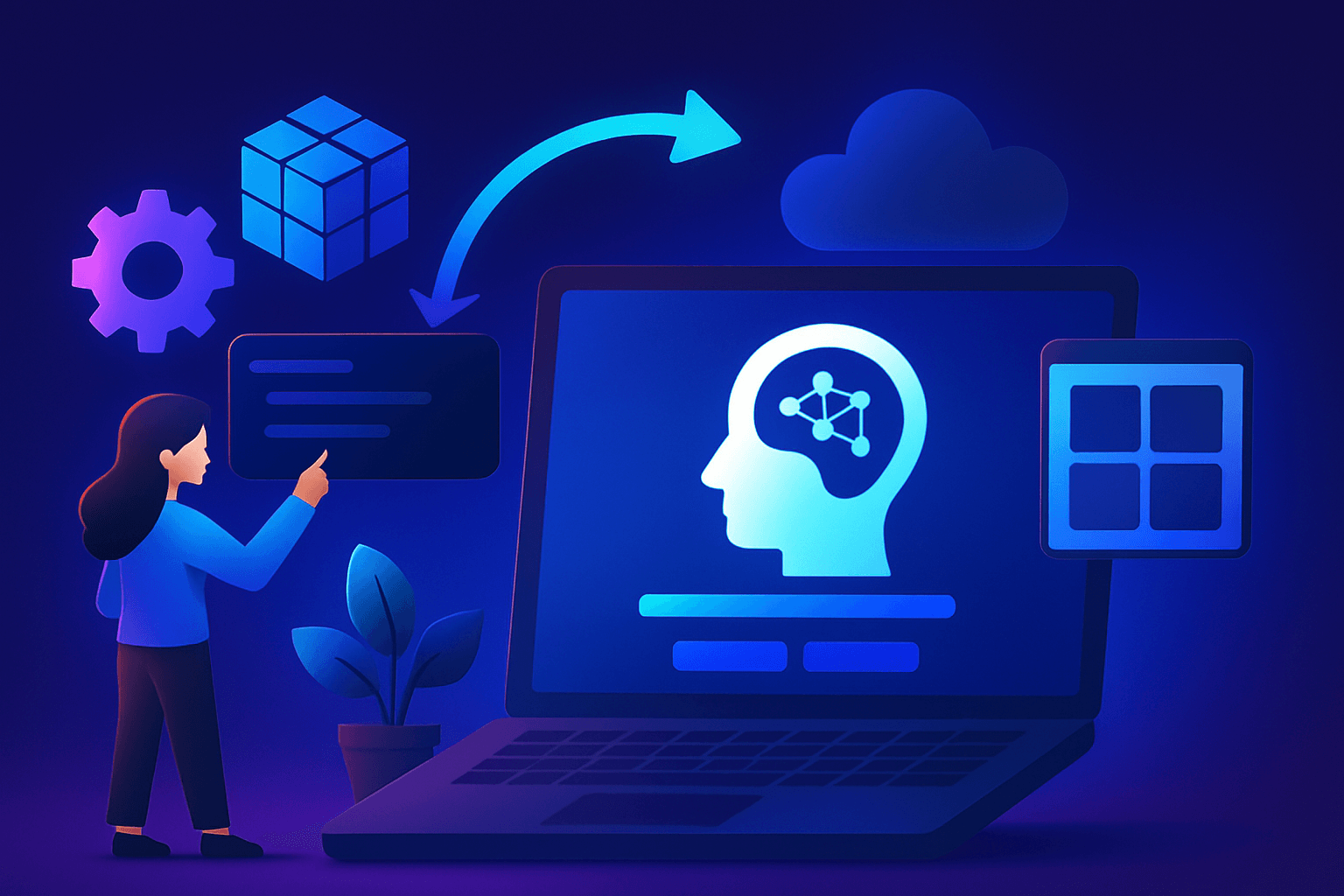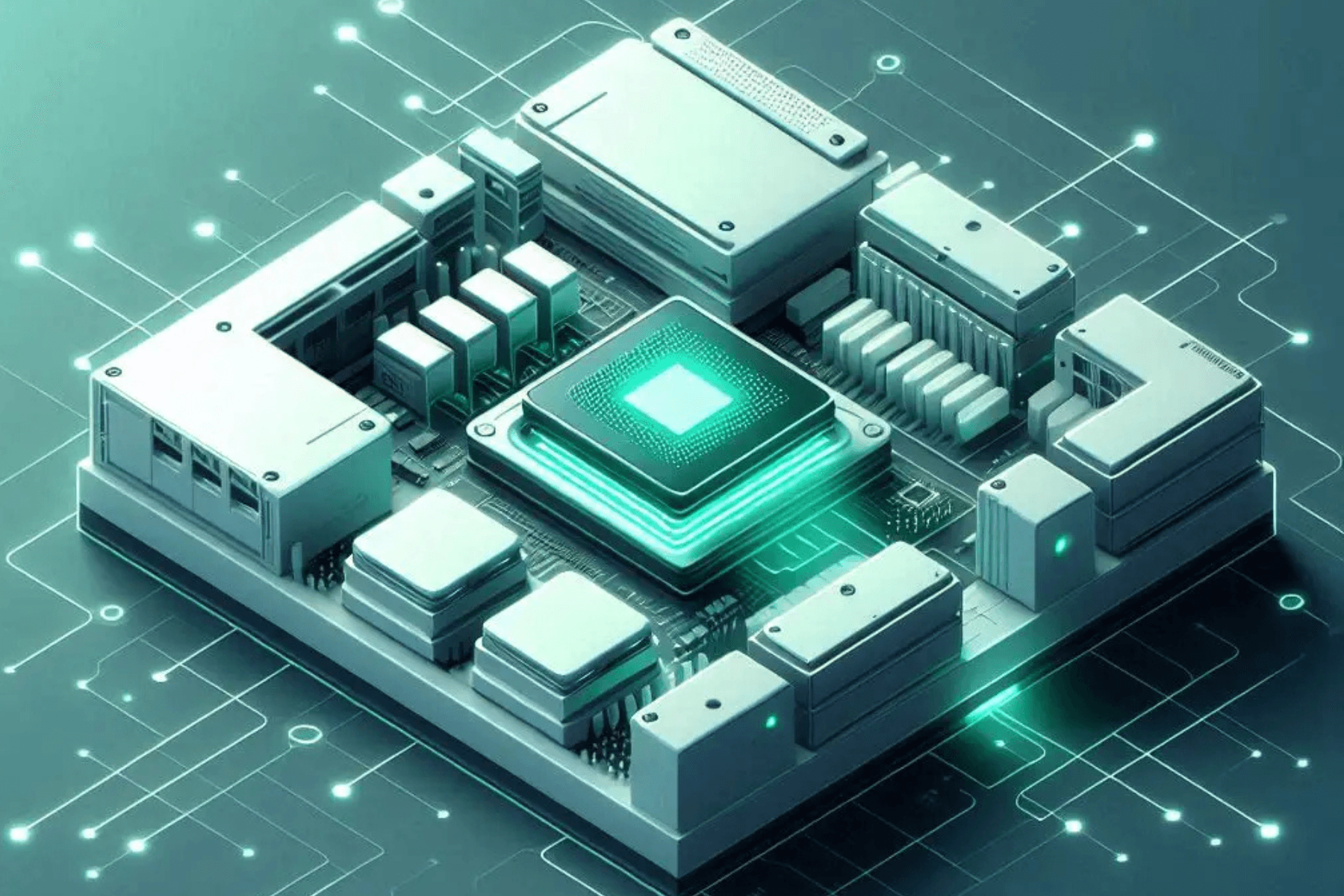Introduction
AI/ML and HPC are two of the most powerful and transformative technologies of our time. They can unlock new possibilities and opportunities for businesses across industries and domains. However, to harness the full potential of AI and HPC, you need the right hardware and software infrastructure that can handle the massive scale and complexity of these workloads. Achieving this requires a powerhouse cloud GPU server that has been recently launched in India by E2E Cloud - the H100 GPU and the AI Supercomputer HGX 8xH100 GPUs.
H100 Cloud GPUs are the ultimate AI GPUs, designed to deliver an order-of-magnitude performance leap for large-scale AI, HPC and LLM (Large Language Model) applications. Whether you want to deploy conversational AI, train large language models (LLMs), enable exascale computing, fine-tune image synthesis or audio generation AI, or solve any other challenging problem, H100 Cloud GPUs can help you achieve your goals faster and more efficiently.
Unleashing the Potential of H100 Cloud GPUs
Imagine a 30X speed boost that catapults your AI applications to the next level. That's what H100 Cloud GPUs can do for you, unlocking the power of cutting-edge conversational AI applications – such as chatbots, recommendation engines, and natural language understanding – which can handle trillion-parameter language models with ease. With a dedicated Transformer Engine and a high-speed NVLink Switch System, H100 Cloud GPUs set a new benchmark for large language models.
Faster Training, Reduced Costs
Time is money in AI development, and H100 Cloud GPUs can save you both. H100 Cloud GPUs can train foundational AI models up to 4X times faster than the previous generation, slashing the costs of creating state-of-the-art AI solutions. H100 Cloud GPUs can also leverage the Mixture of Experts (MoE) technique, which distributes the model parameters across multiple GPUs, to train even larger models with up to 395 billion parameters. The result? Pushing the frontiers of AI development without breaking the bank. The MoE technique has recently been used highly effectively by Mistral AI in their latest model - Mixtral 8x7B.
Unmatched Inference Performance
H100 Cloud GPUs shine with an incredible 12X higher inference performance for massive LLM models, compared to the previous generation. This means low latency and high power efficiency while handling generative AI workloads such as image synthesis, video generation, and text-to-speech. H100 Cloud GPUs also bring a high level of quality and diversity to your generative AI projects, setting a new standard in the AI landscape.
Pioneering Exascale Computing
H100 Cloud GPUs are the driving force behind exascale computing, the next frontier of scientific discovery and innovation. Cluster of H100 Cloud GPUs, such as HGX 8xH100, is a supercomputer that harnesses H100 GPU, which itself can perform more than a quintillion calculations per second, enabling breakthroughs in fields such as climate modeling, drug discovery, astrophysics, and quantum computing. H100 GPUs are not just promising the future; they are delivering it, reshaping the landscape of scientific innovation.
Why CXOs Should Leverage HGX 8xH100 and H100 Cloud GPUs
CXOs and leaders should care about the NVIDIA HGX 8xH100 and H100 GPUs for several reasons. These GPUs offer powerful capabilities for AI and HPC (High-Performance Computing) applications, making them crucial for organizations at the forefront of technological innovation.
The HGX 8xH100 server, which includes eight H100 Tensor Core GPUs and four third-generation NVSwitches, provides a staggering 900 gigabytes per second NVLink. The H100 Tensor Core GPU is designed to securely accelerate workloads from enterprise to exascale HPC and trillion-parameter AI. The E2E Cloud’s HGX 8xH100 platform, which combines H100 Tensor Core GPUs with high-speed interconnects, is one of the world's most powerful servers for AI and HPC.
The scale of computing power that H100 and HGX 8xH100 unlock for businesses can allow them to build advanced AI / ML solutions that would be otherwise impossible. Since E2E Cloud pioneered this in India, several startups and enterprises have started piloting their AI solutions, deploying extremely powerful AI at scale. Some of them are:
Building Indic-Language LLMs: Building foundational AI models require access to highly efficient and advanced cloud GPUs that can take on massive numbers of parameters, humongous datasets, and enable training on large-scale deep learning neural networks. This is what the H100 cluster enables in a cost-effective way.
Text-to-Image and Text-to-Video AI: Historically, media and entertainment industries have grappled with challenges around producing stock images, ‘b-roll’ and stock footage required for everyday media production workflows. This was not only expensive, but completely inaccessible to many due to sheer lack of content in some domains. With the emergence of open-source AI models like Stable Diffusion, it is now possible to train and fine-tune image and video generation models, and create systems that help fix content gaps that existed.
Audio Synthesis and Voice-Over Generation: Audio production was another domain that was plagued with high sunk costs, and required tremendous amounts of effort during post-production of media and entertainment content. Open source AI tools have now emerged that enterprises can deploy and train on their GPU cloud servers, and provide a streamlined audio and text-to-speech generation workflow for media professionals, solving a major pain-point that plagued post-production workflows.
Industry-Specific AI Solutions: Another big leverage that powerhouse GPUs like H100 and HGX 8xH100 provide is the ability to create AI solutions for specific industries like healthcare, finance and education. This could range from training LLMs for conversational AI models, or building instruction-tuned AI that could be integrated into existing application stacks. Several of E2E Networks’ clients are now training large-scale LLMs designed for specific domains, and planning to transform user-experience of their products through that.
The use-cases are numerous, and we are just beginning to understand the capabilities that advanced AI can unlock.
Simplifying AI Adoption with TIR and E2E Cloud GPU Servers for Enterprises
For leaders navigating the complexities of AI adoption, simplicity is the guiding principle. Creating a private on-premises GPU infrastructure set-up is expensive, and the most effective way to harness GPUs is through cloud platforms. However, until recently, the cloud GPU servers that were available to Indian customers were hardly capable of meeting the compute demands of large-scale AI models. This is exactly what prompted us to pioneer HGX 8xH100 on E2E Cloud, enabling startups and enterprises with instant access to the most cutting-edge AI GPU server available currently.
H100 Cloud GPUs work smoothly with the TIR AI platform on E2E Cloud, offering not just a technological solution but the ability to build AI models and deploy AI endpoints at scale without the need for a large ops or IT team.
Our integration simplifies AI adoption, enabling leaders to create data science teams who can focus on innovation without the hassle of complex implementations.
Seamless Integration with Frameworks and SDKs
One of the key user-friendly aspects of H100 Cloud GPUs is their seamless integration with popular development tools and frameworks. These GPUs are designed to work seamlessly with software development kits (SDKs) and libraries commonly used by developers, such as CUDA and TensorRT. This integration allows developers to easily leverage the power of H100 Cloud GPUs without having to make significant changes to their existing workflows. But wait, there is more:
- Intuitive Software Development Kits (SDKs)
H100 Cloud GPUs come equipped with intuitive SDKs that streamline the development process. These kits offer a comprehensive set of tools, APIs, and libraries, empowering developers to leverage the full potential of these GPUs without grappling with unnecessary complexities. From model training to deployment, the SDKs provide a cohesive environment for developers to work within.
- Robust Application Programming Interfaces (APIs)
The strength of any GPU lies in its APIs, and H100 doesn’t disappoint. Developers can tap into well-documented APIs that facilitate smooth integration with their applications. This not only accelerates development but also ensures compatibility with a wide range of software frameworks, enabling flexibility and choice in the development ecosystem.
- Debugging and Profiling Tools
Developing complex AI models demands robust debugging and profiling tools, and H100 Cloud GPUs deliver on this front. Developers can efficiently identify and resolve issues in their code, optimize performance, and fine-tune their models for maximum efficiency. These tools contribute to a more iterative and productive development cycle.
- Comprehensive Documentation
Understanding the ins and outs of a new GPU can be a daunting task, but H100 GPUs come with comprehensive documentation. Developers have access to detailed guides, tutorials, and use-case examples. This wealth of information ensures that developers, whether seasoned or new to the technology, can quickly get up to speed and make the most of H100’s capabilities.
Summary of Key Strengths of H100 Cloud GPUs
What sets the H100 apart is not just its power but its finesse in handling a myriad of generative AI workloads. Beyond its raw performance and accelerated training, the H100 unlocks a lot of possibilities with its dynamic adaptability.
- Raw Performance
H100 Cloud GPUs deliver a staggering 30X speed increase for large language models (LLMs), setting a benchmark for raw performance. The combination of an advanced Transformer Engine and NVLink Switch System propels these GPUs into a league of their own.
- Training Speed and Cost Efficiency
Accelerating development timelines, H100 GPUs offer up to 4X faster training for GPT-3 models. The incorporation of the Mixture of Experts (MoE) technique not only enhances training efficiency but also contributes to cost savings.
- Inference Performance and Workload Handling
H100 GPUs shine with up to 12X higher inference performance, maintaining low latency and power efficiency. Their versatility extends to handling diverse generative AI workloads such as image synthesis, video generation, and text-to-speech.
- Form Factor and Data Center Compatibility
The adaptability of H100 GPUs is evident in their various form factors, ranging from PCIe cards to NVLink modules and DGX systems. This flexibility ensures seamless integration with diverse data center configurations, offering scalability and efficient communication.
- Software Ecosystem and Developer Support
H100 GPUs seamlessly integrate with the NVIDIA AI Enterprise software suite, simplifying AI adoption for businesses. The comprehensive documentation, SDKs, and developer tools contribute to an enriched user experience, making it easier for developers to leverage the full potential of these GPUs.
Start Your AI Journey Today
The current pace of technological advancement in the AI domain is relentless, and we are progressively bringing the best AI resources for Indian developers and researchers on our cloud platform.
If you want to dive in deeper, talk to our team to understand the capabilities that H100 or HGX 8xH100 bring. Elevate your machine learning, data analytics, and high-performance computing with our GPU Dedicated Compute solutions. The H100’s Transformer Engine propels language models forward, while the HBM3 memory subsystem, Tensor Cores, MIG technology, and NVLink redefine performance benchmarks. Tailored variants offer flexibility, from singular powerhouses to multi-GPU configurations. With pricing starting at ₹412/hr, discover a synergy of innovation and affordability.
Contact us today at sales@e2enetworks.com to learn more.









